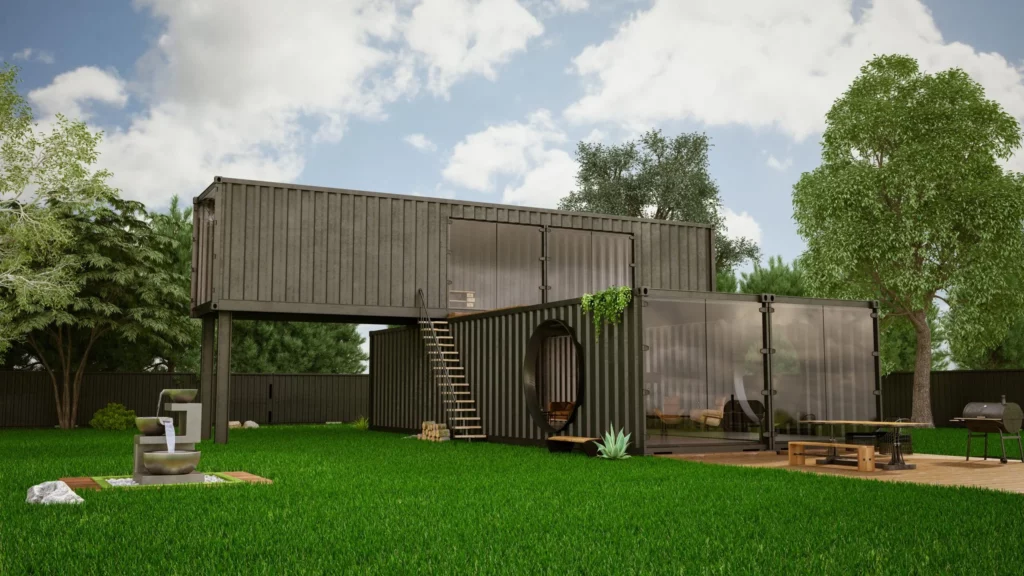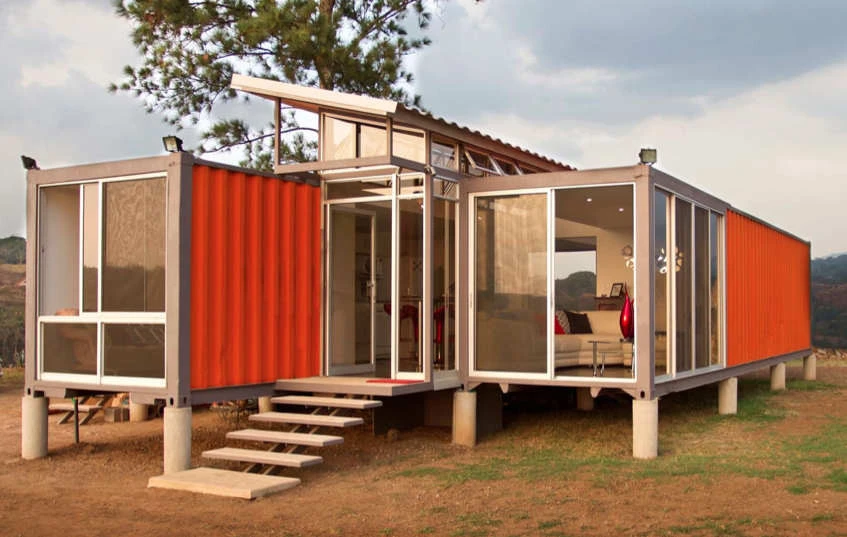Shipping container conversions offer innovative solutions for repurposing and transforming spaces. These conversions have gained popularity in recent years due to their sustainability, affordability, and versatility. From residential homes to commercial establishments, shipping containers are being creatively adapted to meet various needs. Let’s delve deeper into the world of shipping container conversions and explore their myriad applications.

Repurposing for Sustainability
Repurposing shipping containers contributes to sustainable architecture by reducing waste and minimizing the need for new construction materials. Rather than letting old containers rust away in ports, converting them into habitable spaces provides an eco-friendly alternative. This sustainable approach not only conserves resources but also fosters creativity in design and construction.
Versatility in Design
One of the key advantages of shipping container conversions is their versatility in design. These modular structures can be customized to suit diverse requirements and preferences. Whether it’s adding windows, doors, or interior partitions, the adaptability of shipping containers allows architects and designers to create unique spaces tailored to specific needs. The flexibility in design enables the conversion of containers into homes, offices, pop-up shops, or even art installations.
Cost-Effective Solutions
Shipping container conversions offer cost-effective solutions for both temporary and permanent structures. Compared to traditional building methods, repurposing containers can significantly reduce construction costs and time. The prefabricated nature of shipping containers allows for efficient assembly on-site, minimizing labor expenses. Additionally, the durability of steel containers ensures long-term savings on maintenance and repairs, making them an attractive option for budget-conscious projects.
Integration with Technology
Advancements in technology have further expanded the possibilities of it. Innovative solutions such as smart home systems, renewable energy integration, and sustainable building materials enhance the functionality and efficiency of container-based structures. The integration of technology not only improves the comfort and convenience of occupants but also reinforces the environmental sustainability of shipping container conversions.
Embracing Creativity
It encourages creative thinking and experimentation in architecture and design. Architects and designers worldwide are pushing the boundaries of conventional construction by exploring new techniques and materials in container-based projects. The ability to transform industrial containers into habitable spaces challenges traditional notions of architecture and promotes a culture of innovation and exploration in the built environment.
In conclusion, shipping container conversions represent a paradigm shift in sustainable architecture and design. By repurposing these sturdy steel structures, architects and designers are reimagining the possibilities of space utilization while addressing environmental concerns. The versatility, cost-effectiveness, and integration with technology make shipping container conversions a compelling choice for various applications, from affordable housing to commercial developments.
